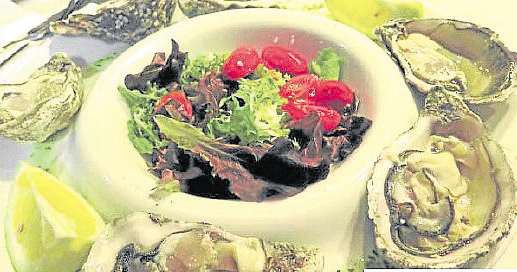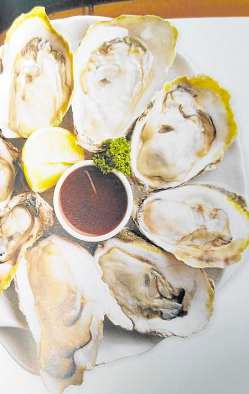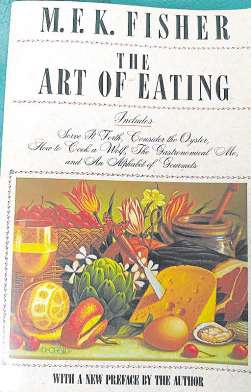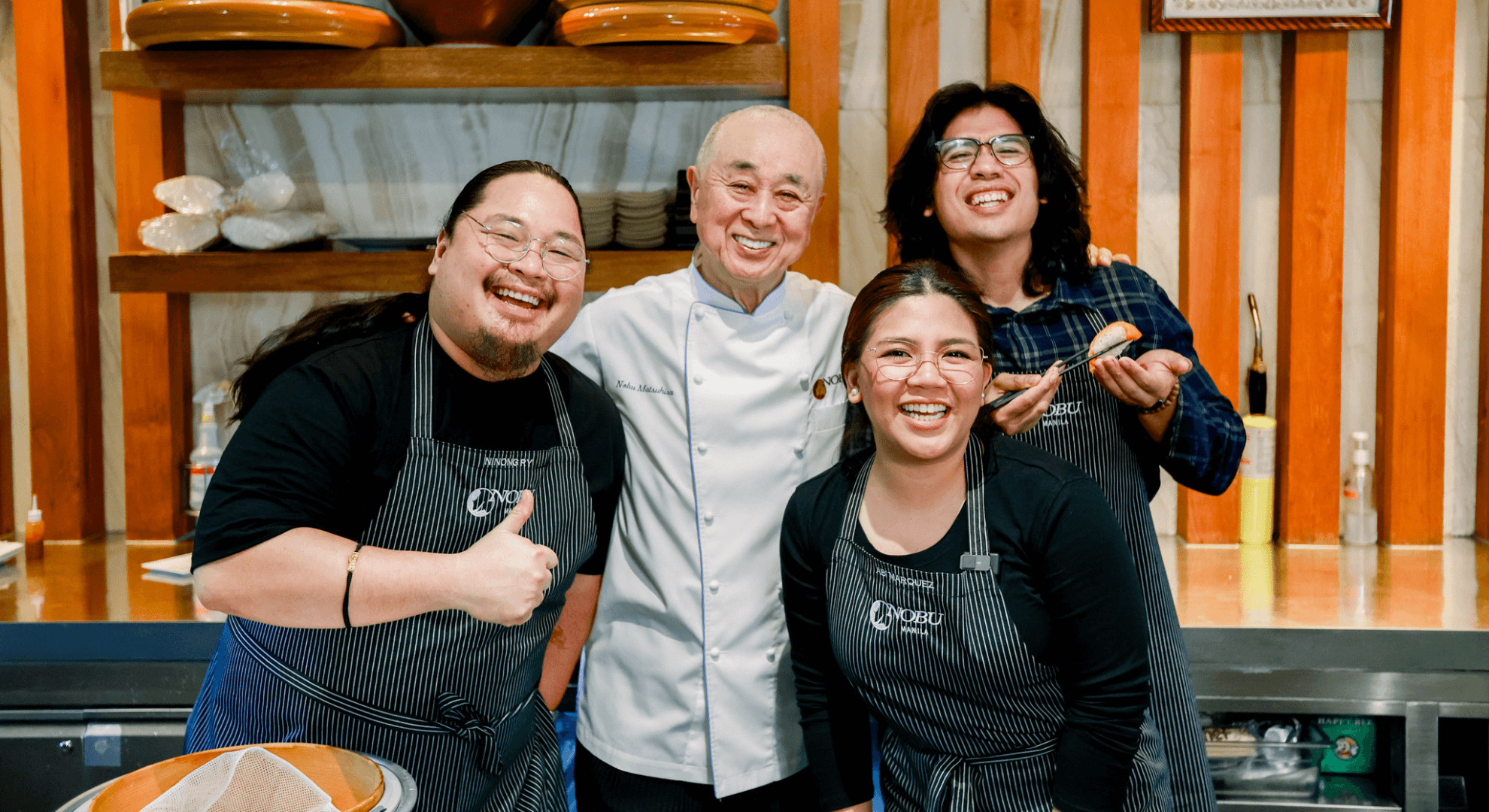
“How would you like oysters from a farm in Tayabas?” Clara Reyes of Mama Sita asked me one evening just before Christmas. I said nonchalantly, “Why not?” But when the oysters arrived days after, I was surprised.
They were small oysters, not the big ones you see in many restaurants both in Manila and in the provinces. Those small oysters reminded me of the size served at a restaurant in Malabon years ago, where my father always brought us and his foreign guests to get good seafood.
I love oysters if I don’t have to shuck them. First of all, I don’t know how. Secondly, none of the house help knew also. So, I did what oyster connoisseurs would consider a mortal sin—pour hot water over them and hope some of them open. If you do that, those still closed are easier to shuck.
The small-sized oysters could not all be eaten raw; some of them were processed as kinilaw and the others as oyster omelet which had me scrambling for my Chinese cookbook to find out how. My son knew a faster way via the internet. This cooking son, a stickler for “the word according to the recipe,” said we can’t do an omelet because we don’t have camote starch. It’s what will give the omelet its sticky quality. His mother, substitute queen, said cornstarch will do.
The small oysters eaten raw and those made into kinilaw were still sweet. Those in the omelet could hardly be discerned but were appreciated by those who liked their oysters cooked.
Among my food memories, those with oysters are happy ones.
Years ago when we would invite guests over for lunch at home, I would travel all the way to Cavite, to Bacoor, to buy oysters in sacks. It didn’t matter if our guests were from abroad or from the province. Fresh oysters always made a good impression. I am not sure if the same quality oysters can be had today.

On the half shell
In Capiz, while going around the market, our group of food tourists espied a woman shucking at one corner. I asked how much one glassful of oysters cost and was told P20. I looked at where she got her oysters and they were there, immersed in hot water. The vendor said that’s what they always did with the oysters.

“Consider the Oyster”
Glenda Barretto, who owns Via Mare Oyster Bar, instructed the vendor not to pour hot water over the oysters but just shuck them and leave the meat in their shell. I went around to look for vinegar and calamansi. We ate them, raising our heads to receive the meat from their shell after squeezing calamansi or splashing vinegar on them. In a few minutes, the stall was surrounded by market buyers taking photographs of the group consuming oysters right in the Capiz market. They must have thought us crazy not to be afraid of raw oysters.
Again at one market, this time at Barcelona’s La Boqueria, the big draw for another group of hungry tourists was the fresh oysters. Those were served with salad greens and slid down our throats with cerveza.
At the Hague, Netherlands, our table shared an order of oysters. Even if each one of us had just one piece, it was the most memorable of that trip.
Eating oysters would have been a good ending to this column, but there were none to be had or bought. So the next best thing was to read M.F.K. Fisher’s “Consider the Oyster,” from a small book of 12 essays she wrote in 1941.
There she describes the life of an oyster which starts life as a spat, changes sex from male to female in its lifetime, its difficult survival and its many enemies including men, the many ways to cook them, how to make a pearl or an oyster catsup or stuffing for turkey, and oyster soup.
That brought to mind the best oyster soup I ever tasted, done by a visiting chef from France who used to work at the Eiffel Tower restaurant. It was creamy and buttery with the oysters firm and still tasting of the sea.
Email the author at pinoyfood04@yahoo.com












































